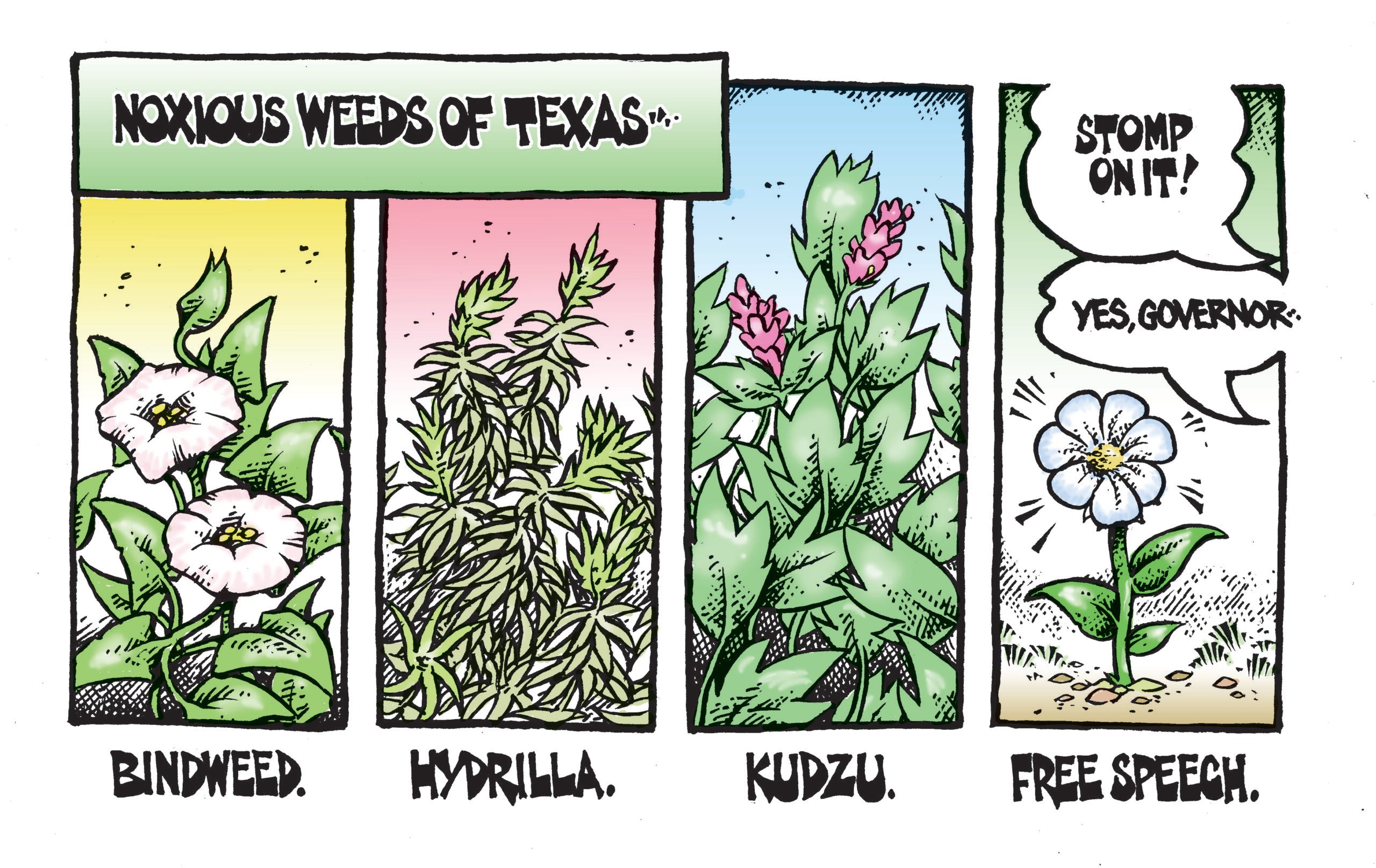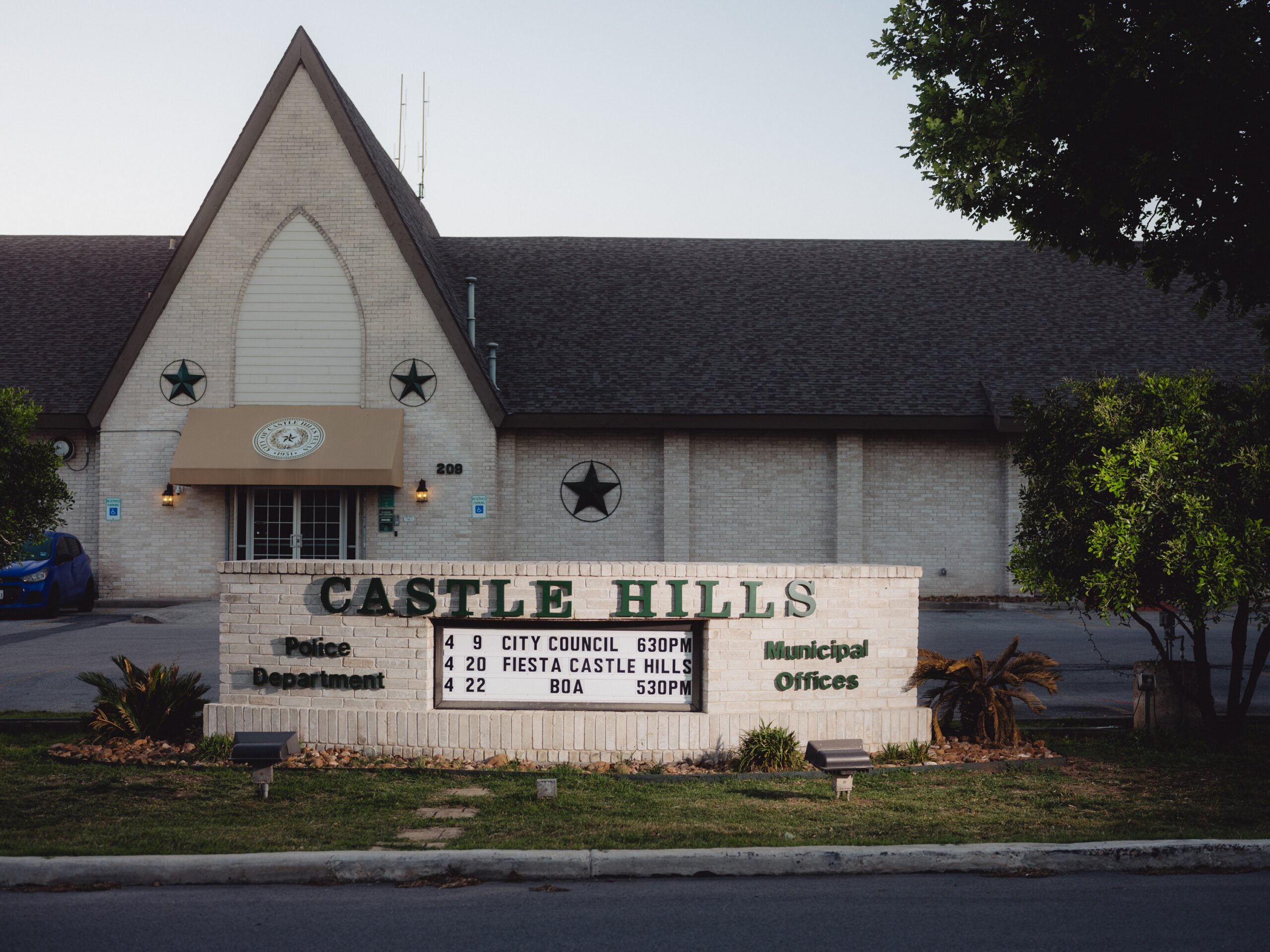ustxtxb_obs_1988_10_28_50_00014-00000_000.pdf
Page 12
and Associates 1117 West 5th Street Austin, Texas 78703 REALTOR \(1 Representing all types of properties in Austin and Central Texas Interesting & unusual property a specialty. 477-3651 E JOURNAL Citizens’ Group Finds Strength in Numbers AUSTIN Eleven hundred Austin Interfaith members participating in a statewide “Sign Up and Take Charge” campaign heard brief messages from Democratic Railroad Commissioner John Sharp, Democratic Congressman Jake Pickle, and Republican Secretary of State Jack Rains, each who affirmed his commitment to an Industrial Areas Foundation statewide agenda that calls for increased attention and funding for public education, higher education, housing, health care, and agriculture. Pickle, Sharp, and Rains were joined by Travis County Judge Bill Aleshire, Austin Mayor Lee Cooke, State Rep. Wilhelmina Delco, and other local elected officials and candidates who signed on with the local agenda of the three-year-old Austin Interfaith group. Missing from the political rhetoric was the standard pledge of no new taxes the single variable that is becoming a constant in the equation of political campaigns of the late ’80s. Though pollsters have identified taxation as an issue popular with workingclass voters, and candidates for the legislature use a single vote for the appropriations bill in the 70th Legislature to indict incumbent opponents, it doesn’t work here. one group that refuses to embrace the nonew-taxes theme. The 15-year-old IAF, best known for its COPS organization in San Antonio and for Valley Interfaith in the Lower Rio Grande Valley, does not generally measure its size in number of individuals, but rather in the number of congregations participating in the ten IAF affiliates across the state. But 250,000 registered voters who have thus far signed a petition affirming that they will support and vote for candidates who back the IAF agenda provide some measure of the organization’s statewide strength. The figure, according to IAF state director Ernesto Cortes, Jr., is a “solid number.” According to Cortes, the organization has set a goal of 350,000 signatures before the legislature convenes and a long-term goal of 500,000 signatures before 1990. “The number is a symbol of constituent support to invest in Texas and a willingness to pay taxes if they invest in people,” Cortes said. “And from ‘sign up’ we go to ‘line up,’ ” a second phase that includes an effort to turn out voters. So far, 2,000 members of the IAF statewide network have signed on to work as block-walkers and 500 have committed to work at telephone banks in the weeks prior to the election. According to Cortes, many IAF members are concerned that neither party is addressing important economic issues in the campaign. The current organizing effort will extend beyond electoral politics and into the legislative session that begins in January. The IAF is a non-partisan, issues-oriented group. However, Democratic candidates and elected officials, who are generally more inclined to agree with the organization’s agenda, most often accept invitations to appear before IAF accountability sessions. Bill Clements, who has never attended an IAF function, defeated Mark White by a 229,264 vote margin in 1986, after White had defeated Clements by 201,575 votes in 1982. So the 250,000 registered voters signed on with the IAF agenda already represent a margin sufficient to make a statewide election. And the 500,000 goal, set for 1990, the year of the next gubernatorial election, should attract additional bipartisan interest even if candidates suspect that a considerable number of participants are Democrats. The appearance of Republican Secretary of State Jack Rains at the Austin meeting might signal the beginning of greater Republican involvement. Rains, often mentioned as a candidate for governor in 1990, appeared at the Austin rally with several local Republican candidates and assured IAF members that he was in general agreement with their political agenda. Louis DUBOSE Feds Respond to Activists’ Cave-in AUSTIN Twenty-four-year-old Mark Sanders poked his head out of Kretschmarr cave in Northwest Austin and talked to fellow Earth First member Ron Cook about supplies. The cave opening was little more than a hole in the ground about the width of Sanders’s shoulders. But it opens into larger subterranean rooms, 15 to 20 feet below the surface, that house several species of rare invertebrates. A bulldozer interrupted their conversation as it rumbled down a recently cleared service road 15 feet from the cave’s mouth. Jackhammers pounded the earth as construction workers dug foundations for yet another Northwest Hills housing development. Sanders and other protestors occupied the caves in late August to protest development in the area. They felt the rare species of beetles and spiders, known to exist only in these caves, were in immediate danger after owner/developer Fred Purcell reportedly threatened to fill in the caves with cement to protect his interests. In the past three years, environmentalists and academics from around the country have cried out for protection of these Central Texas caves. In a letter to the Memorial Museum at the University of Texas at Austin, three University of Texas professors stated, “The proposed position of roads and commercial developments will have serious detrimental effects on the caves and their inhabitants.” The letter continues, “In all cases the proposed roads would allow contamination of the caves by runoff from the streets both during and after construction.” Earth First, known for its dramatic protests, hoped the cave sit-in would call attention to the problem and push the U.S. Fish and Wildlife Service into listing the species as endangered giving them protection under federal law. Their strategy paid off. U.S. Fish and Wildlife claimed the demonstration had nothing to do with the listing. But Christi Stevens of Earth First said the listing was requested three years ago and nothing came of it. “And now we got the listing three weeks after the demonstration.” Stevens said the real victory was that the listing and ensuing protection became “effective immediately.” Normally a listing doesn’t take effect until 30 days after it has been published in the Federal Register. What remains to be seen now is exactly what kind of protection the U.S. Fish and Wildlife Service will give the caves and the natural inhabitants. Chuck Sexton of the Environmental Protection Agency in Austin said a biological assessment team will be sent to the site to assess the size and placement of a protective buffer zone. The team will then submit their suggestions to U.S. Fish and Wildlife who will negotiate the protective measures with the landowners. GREGG WATKINS Gregg Watkins is an Observer editorial intern. 14 OCTOBER 28, 1988


